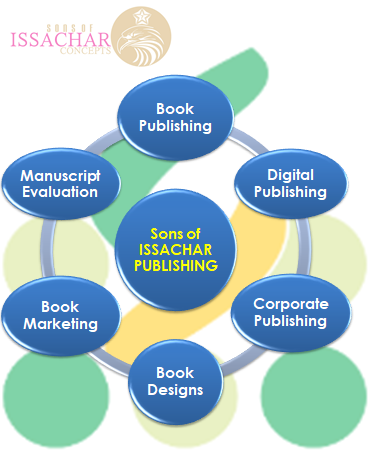6 Tips for Submitting Your Manuscript to Publishers
By TRWCBlogger
Suppose you’re ready to take the exciting leap of submitting your manuscript to publishers. In that case, these proven tips will dramatically increase your chances of acceptance—and keep your work out of the dreaded rejection pile. Whether you’re a first-time author or looking to refine your submission strategy, this guide will help you stand out in a competitive publishing world.
1. Research Publishers Thoroughly Before Submitting
Not all publishers are the same, and blindly sending your manuscript can waste precious time and energy. Before hitting “send,” research:
Are they currently accepting manuscripts?
Do they accept unsolicited submissions, or only through agents?
Does your manuscript fit their preferred genres and themes?
What formatting and submission guidelines do they have in place?
What’s their ideal submission process and timeline?
Most publishers list these details in a dedicated “Submissions” section on their websites. Taking the time to match your manuscript with the right publisher’s needs is crucial—and can mean the difference between yes and no.
If researching feels overwhelming, consider consulting comprehensive directories or resources for authors. These handy guides compile publisher details, submission requirements, and contacts—all in one place—to save you time and open doors to opportunities you might not have found otherwise.
2. Build Your Writing Network and Learn from Others
Publishing is more than just writing—it’s about connections. Surround yourself with fellow writers who share your passion:
Join writing groups or local workshops.
Participate in online communities and genre-specific forums.
Attend writing conferences or literary festivals.
Engage on social media platforms like Twitter, Instagram, or Facebook writer groups.
Networking provides insider tips, moral support, and sometimes even direct referrals. Many successful authors are eager to share their knowledge and experiences, so don’t hesitate to reach out. Collaboration and shared success can accelerate your publishing journey.
3. Perfect Your Manuscript Formatting
Formatting matters—a lot. A manuscript that looks professional signals that you’re serious about your craft. Follow these standard guidelines unless otherwise specified by your target publisher:
Use a readable font like Times New Roman or Arial, size 12.
Double-space your text with 1-inch margins on all sides.
Include page numbers, headers with your name and manuscript title.
Avoid fancy fonts, colors, or unusual layouts unless requested.
Check the publisher’s website for specific formatting instructions and follow them strictly. Proper formatting makes it easier for editors to review your work and shows your attention to detail.
4. Edit Ruthlessly—Then Edit Again
Before submitting, ensure your manuscript is polished to perfection. Typos, grammatical errors, and inconsistencies can distract editors and negatively impact your chances.
Self-edit carefully.
Use editing software like Grammarly or ProWritingAid.
Consider hiring a professional editor for a final sweep.
A clean, well-edited manuscript demonstrates professionalism and respect for the editor’s time—qualities that publishers highly value.
5. Craft a Personalized and Persuasive Cover Letter
Your cover letter is your first impression—make it count. Avoid generic greetings like “To Whom It May Concern.” Instead:
Address the specific editor or acquisitions manager by name.
Briefly introduce yourself and your manuscript.
Explain why your book is a perfect fit for their publishing list.
Highlight any relevant credentials, previous publications, or awards.
Keep it concise, professional, and engaging.
Tailoring your cover letter shows you’ve done your homework and are genuinely interested in working with that publisher, not just anyone.
6. Understand Submission Policies—Online vs. Mail
Publishing houses have varying submission preferences:
Many accept online submissions via email or dedicated portals—fast and eco-friendly.
Others still require hard copy submissions through traditional mail.
Check the publisher’s submission guidelines carefully to know which method to use and follow their instructions precisely. Ignoring these details can lead to your manuscript being overlooked or discarded.
Ready to Submit? Follow These Tips to Maximize Your Chances of Success!
By thoroughly researching publishers, networking with fellow writers, formatting and editing your manuscript properly, personalizing your cover letter, and adhering to submission policies, you set yourself up for success.
Taking these steps shows publishers you are professional, prepared, and serious about your writing career, which can make all the difference when editors decide which manuscripts to accept.
If you want to learn more about submitting your manuscript or need help navigating the publishing world, check out resources from Think Written and other reputable author support sites.
Start your publishing journey today—with confidence and clarity!



